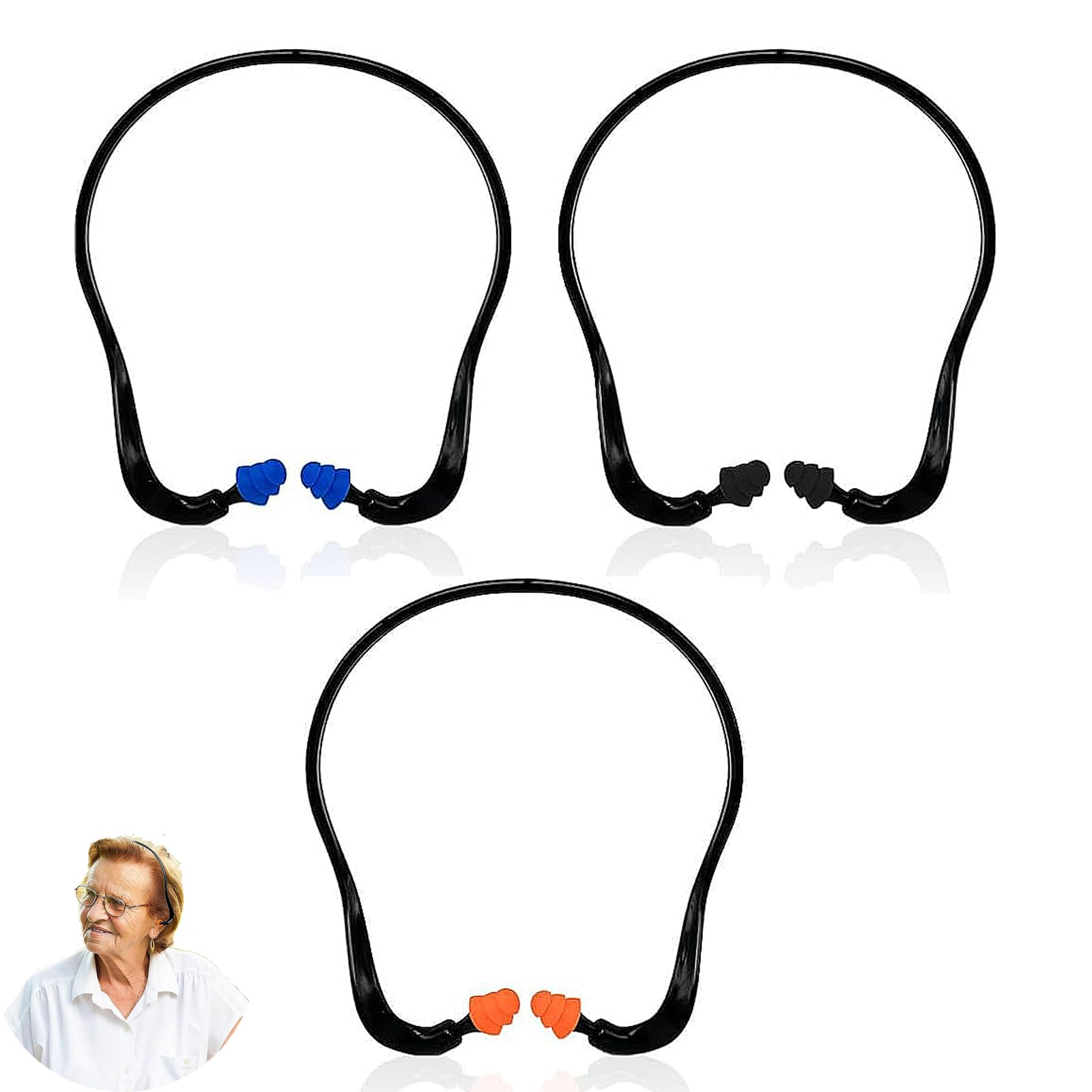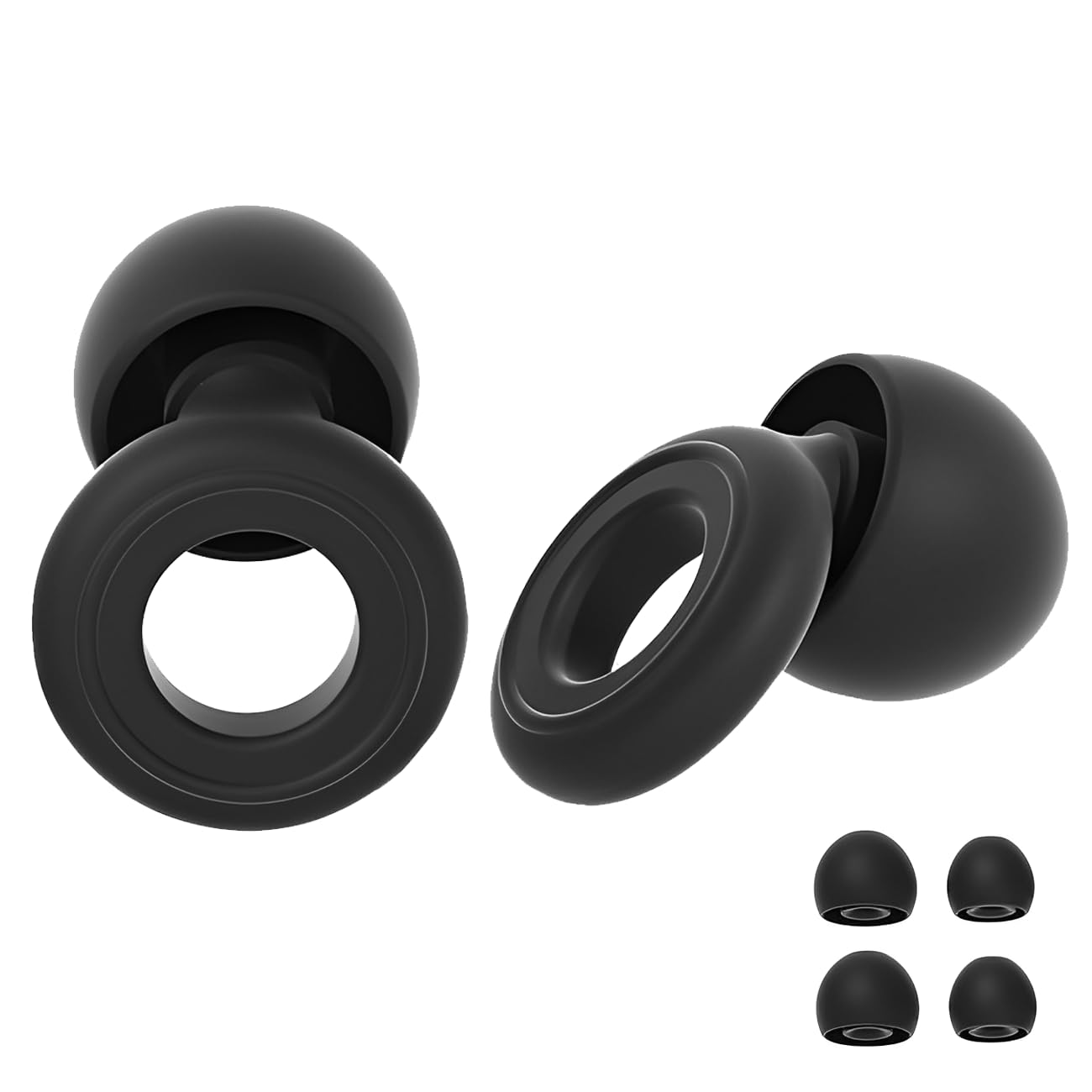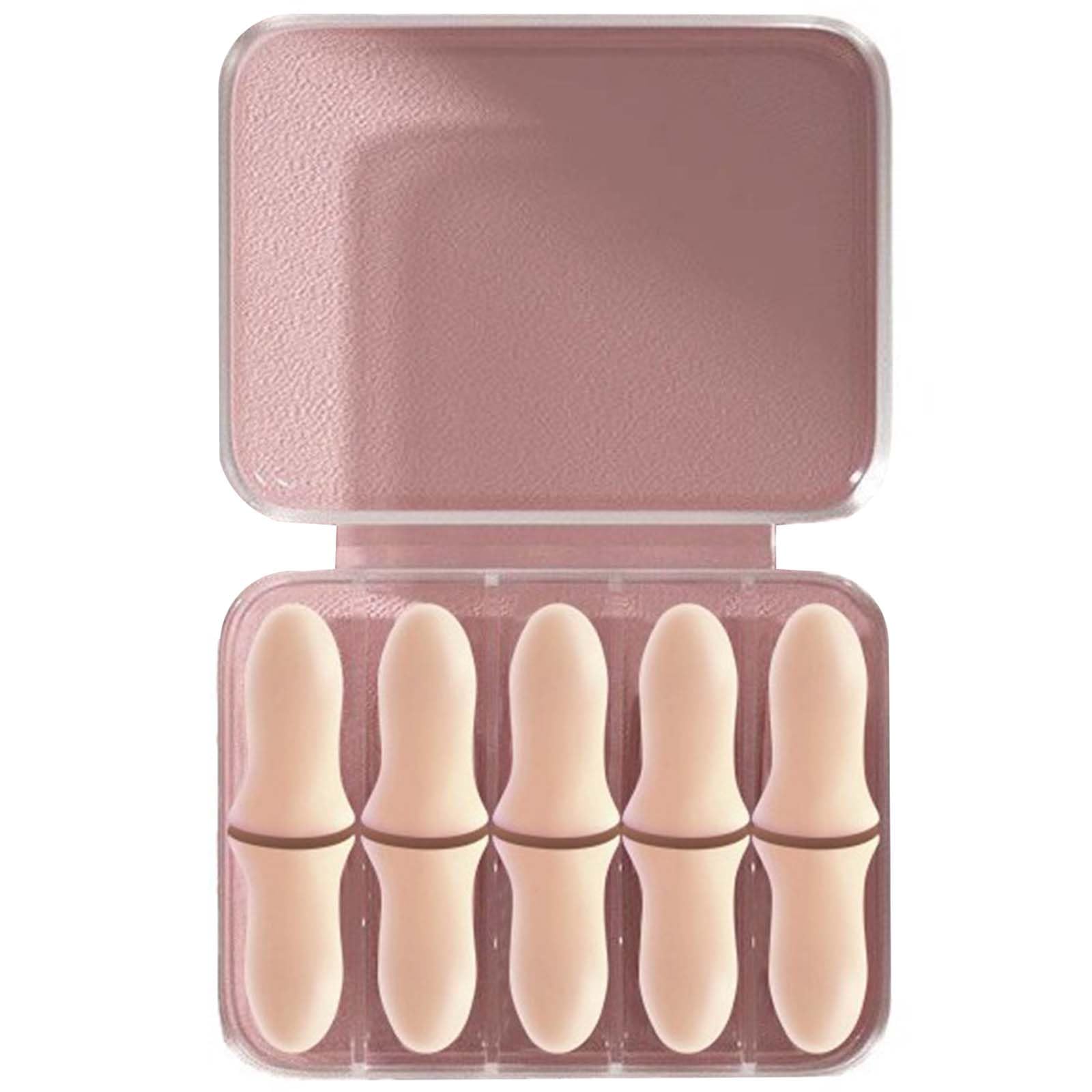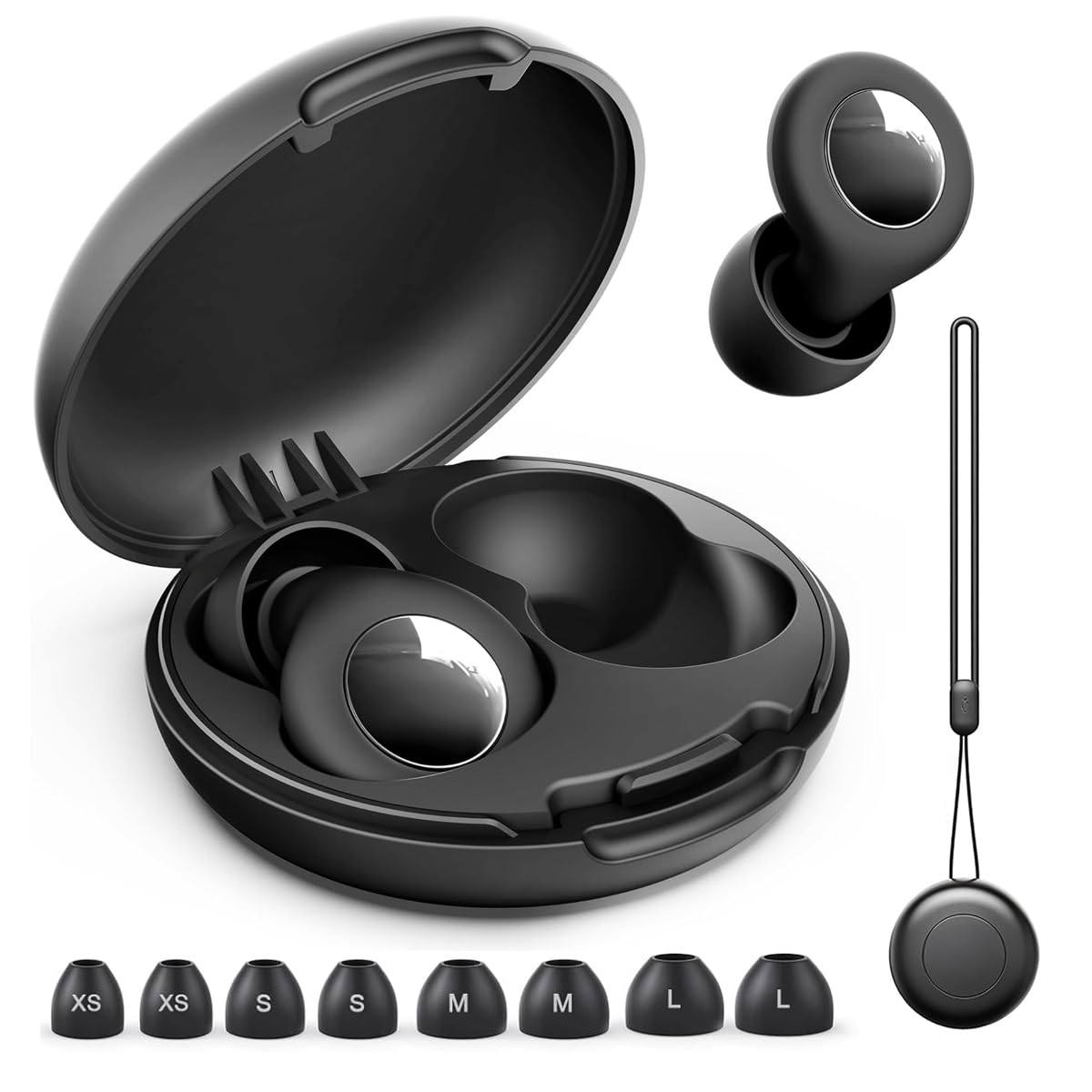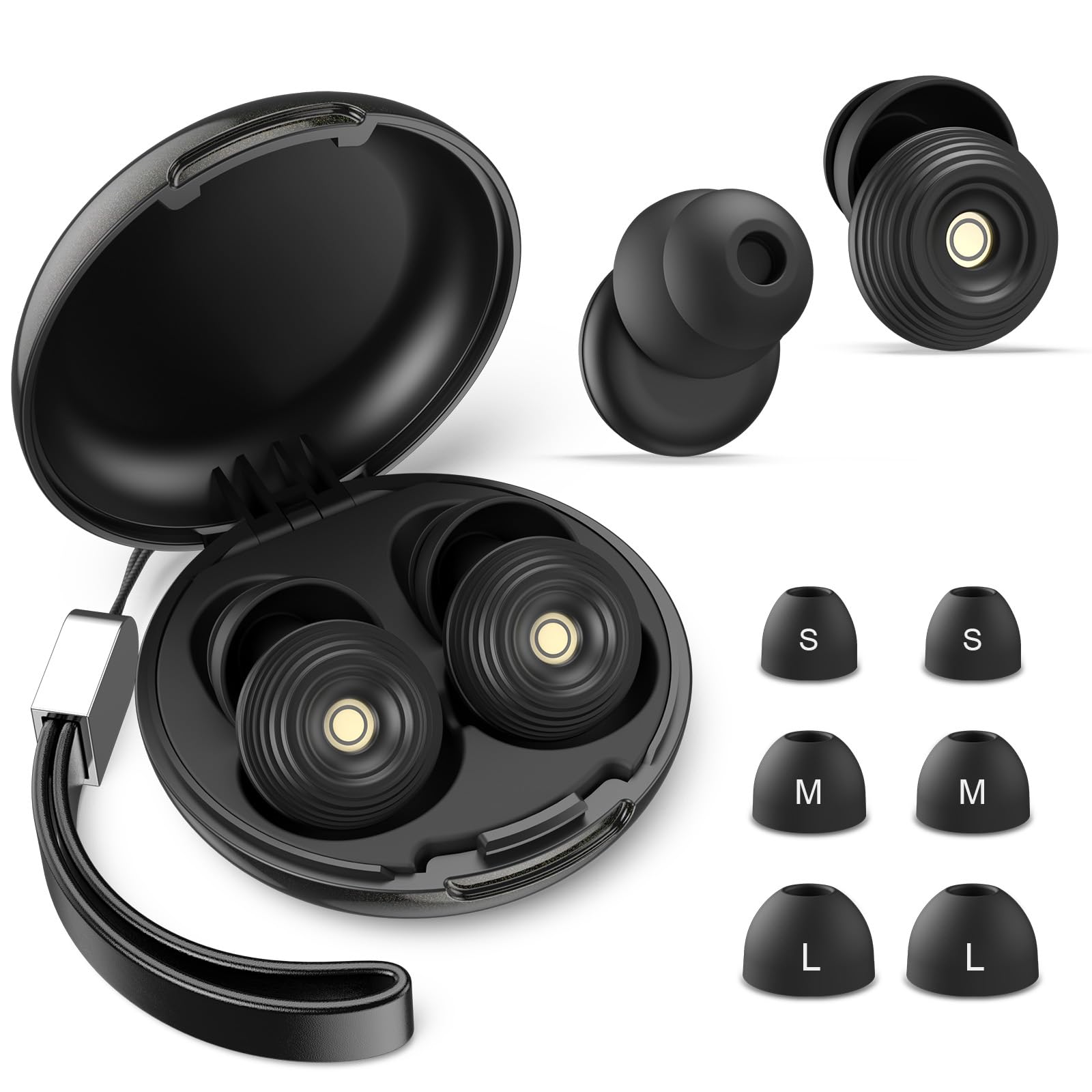Finding comfortable earplugs is hard when you have small ear canals. Standard plugs can feel painful or work loose when you lie on your side. The right approach is to choose designs that sit low in the ear, use materials that mould gently, and learn an insertion technique that seals without pressure. This guide shares practical tips for UK side sleepers with small canals so you can reduce snoring and traffic noise without sore ears.
Night noise drops with sleep earplugs that seal comfortably.
Pick Low Profile Designs
Look for foam plugs marketed as small or slim. These have a reduced diameter and often a shorter length so they do not protrude and press against the pillow. For reusable options, choose flanged silicone models in small sizes with short stems. Some brands allow stem trimming; cut carefully and smooth the end. Mouldable silicone plugs form a soft cap that sits over the canal entrance rather than going deep, which can be very comfortable for side sleepers.
Materials That Work
Soft foam expands gently and fills the canal, which is effective if you can find a small enough size. Choose foam that compresses easily between fingers. Flanged silicone suits ears that dislike foam pressure; multiple small flanges create a seal with light contact. Mouldable silicone or wax warms in your hands and shapes to your outer ear, creating a custom fit that stays put without depth. Try different materials over a week to learn which feels best for you.
Insertion Without Pressure Points
For foam, roll the plug into a thin cylinder, reach over your head to pull the ear up and back, insert gently and hold while it expands. Do not push so deep that it presses against the bend in the canal. For flanged plugs, insert with a gentle twist until you feel a consistent seal. For mouldable plugs, shape a smooth dome and press it over the canal opening, sealing edges carefully. If a plug hurts after a minute, remove and try a smaller size or a different style.
Pillow and Position Tweaks
A soft, lower profile pillow reduces pressure on the ear. If one ear faces a snoring partner, sleep on the opposite side when possible. Adjust pillow height so your neck stays level; a neutral position reduces pressure on the ear and improves overall comfort. Consider a pillow with a soft edge finish or a small cutout if side ear pressure remains an issue.
Hygiene and Replacement
Foam plugs are usually single use or limited use. Replace them frequently to maintain comfort and performance. Reusable silicone can be washed with warm soapy water and dried fully. Store plugs in a clean case to keep dust away. Clean ears gently between uses so wax does not interfere with seals.
FAQs
Low‑profile designs and softer materials suited to smaller canals feature in sleep earplugs for UK readers.
Which earplugs are best for small canals? Small or slim foam, short stem flanged silicone, and mouldable silicone are the top choices. Try each to see which seals comfortably.
Why do plugs work loose at night? The stem may be too long or the size too large. Trim stems if allowed, choose smaller sizes, and use a softer pillow.
Are custom earplugs worth it? They can be, but many people find comfort with off the shelf mouldable silicone at a fraction of the cost.
